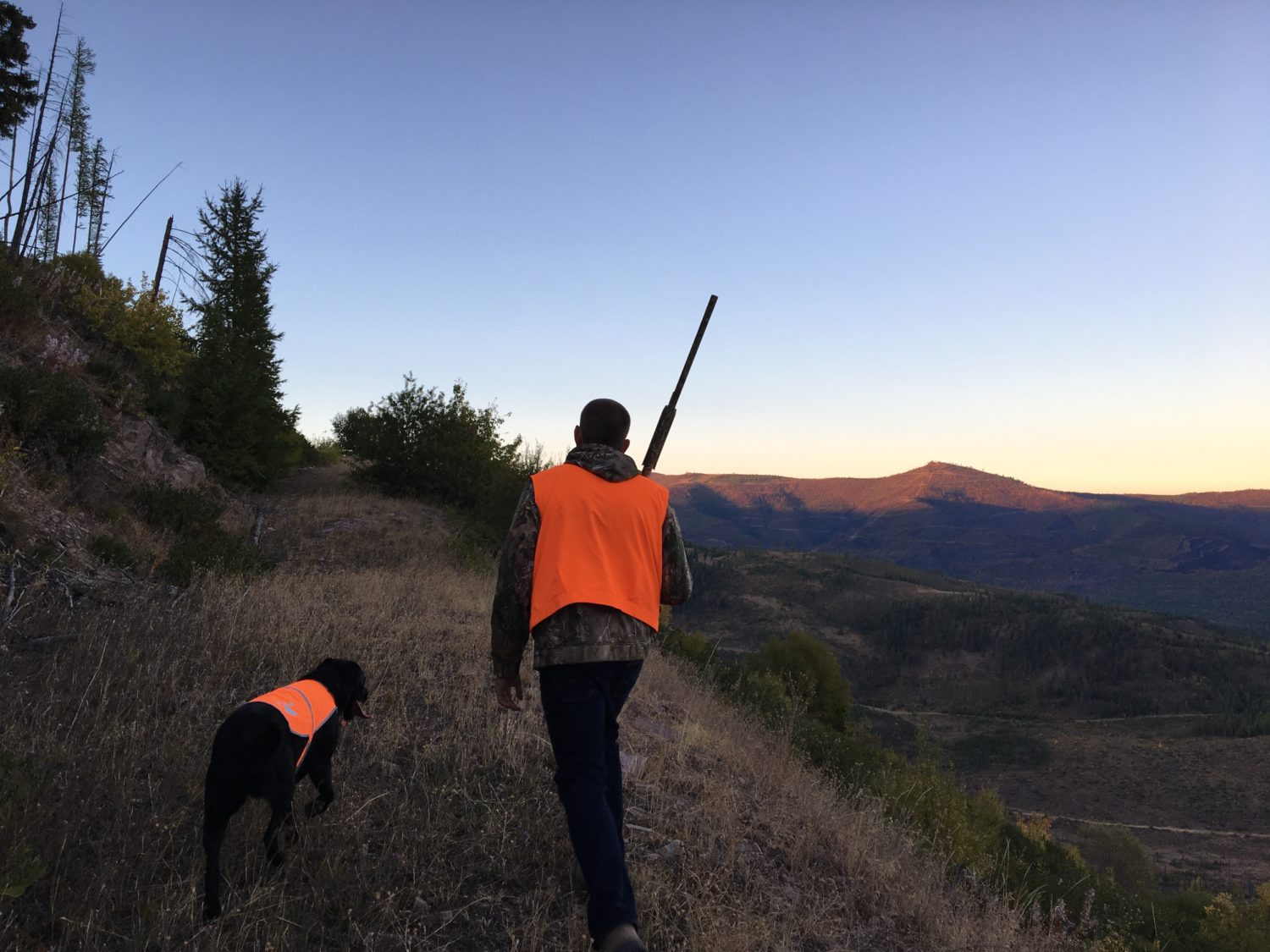The TRCP’s scouting report on sportsmen’s issues in Congress
The GOP sweeps D.C. With election results in, Republicans will hold the White House and majority in both chambers beginning next Congress. While Senate Republicans maintained their majority, things will be a little tighter in the 115th Congress, with Republicans holding 51 seats to the Democrats’ 48 seats. The Louisiana runoff is still being decided.
With turnover comes a shift in Congressional party leadership. In the next Congress, Senate Democrats will see a shift in leadership, but majority leadership will remain unchanged after a closed-door vote this week. Democrats postponed their elections until later this month.
Committee chair and ranking member seats in both chambers are also up for grabs. Both parties will make their picks in separate steering committee meetings in December. We’re keeping an eye on committees that deal with conservation funding, energy development on public lands, and more.
Here’s who’s vying for open spots:
- Senate Minority Leader: Harry Reid (D-Nev.) is retiring at the end of the 114th Congress, and Senator Chuck Schumer (D-N.Y.) will likely hold that position after the Senate Democratic Caucus votes on Wednesday.
- Senate Minority Whip: Also on Wednesday, Senator Patty Murray (D-Wash.) is expected to run against Senator Dick Durbin (D-Ill.) in a potentially highly competitive race. The minority whip is the second highest minority ranking.
- Senate Appropriations Committee: We suspect Senator Patrick Leahy (D-Vt.) will replace ranking member Barbara Mikulski (D-Md.) when she retires.
- Senate Environment and Public Works Committee: Senator Thomas Carper (D-Del.) is likely to replace ranking member Barbara Boxer (D-Calif.).
- Senate Environment and Public Works Committee: Senator John Barrasso (R-Wyo.) is expected to succeed Chairman Jim Inhofe (R-Okla.).
- House Energy and Commerce Committee: Chairmanship will be up for grabs, as Congressman Fred Upton (R-Mich.) reaches his term limit. Reps. Greg Walden (R-Ore.), John Shimkus (R-Ill.), and Joe Barton (R-Texas) are being considered to replace him.
- House Appropriations Committee: Rep. Rodney Frelinghuysen (R-N.J.) may replace Chairman Harold Rogers (R-Ky.) when he reaches his term limit at the end of the year.

Meanwhile, funding is a big question during lame duck season. As of Wednesday, November 8, Congress is sitting in a lame duck—the period that occurs after an election but before newly-elected representatives begin their terms—and the budget is going to be a critical item on the agenda. The current short-term continuing resolution holds spending at fiscal year 2016 levels, but it ends on Friday, December 9. As of Election Day, the odds are now longer for an omnibus funding agreement for the rest of fiscal year 2017—it seems increasingly likely lawmakers will pass an additional continuing resolution to maintain current funding levels through February or March. This allows President-elect Trump an opportunity to influence funding and policy priorities when he takes office.
Sage grouse conservation is still in the crosshairs. “The National Defense Authorization Act” (NDAA) continues to be negotiated in conference, and still includes Rep. Rob Bishop’s (R-Utah) sage grouse provision that would halt conservation plans for the birds’ habitat on federal lands. The Senate-passed NDAA does not include a similar provision, and derailing any attempts to block the federal conservation plans is one of TRCP’s top policy priorities. The ‘big four’ (Chairmen John McCain and Mac Thornberry and Ranking Members Jack Reed and Adam Smith) are expected to resume negotiations this week.
But the Everglades may still get a much-needed boost. Senate and House public works and infrastructure staff have been working to combine their respective versions of “The Water Resource Protection Act” (WRDA) over the past month, resolving differences and creating a single piece of legislation. Both versions of WRDA included provisions to authorize $900 million in funding for the Central Everglades Planning Project and projects that use naturally-occurring infrastructure, such as marshes and wetlands. Additionally, lawmakers may decide that WRDA is the vehicle to provide emergency relief funds to combat lead-contaminated water in Flint, Michigan, in which case it will become a must-pass bill.







